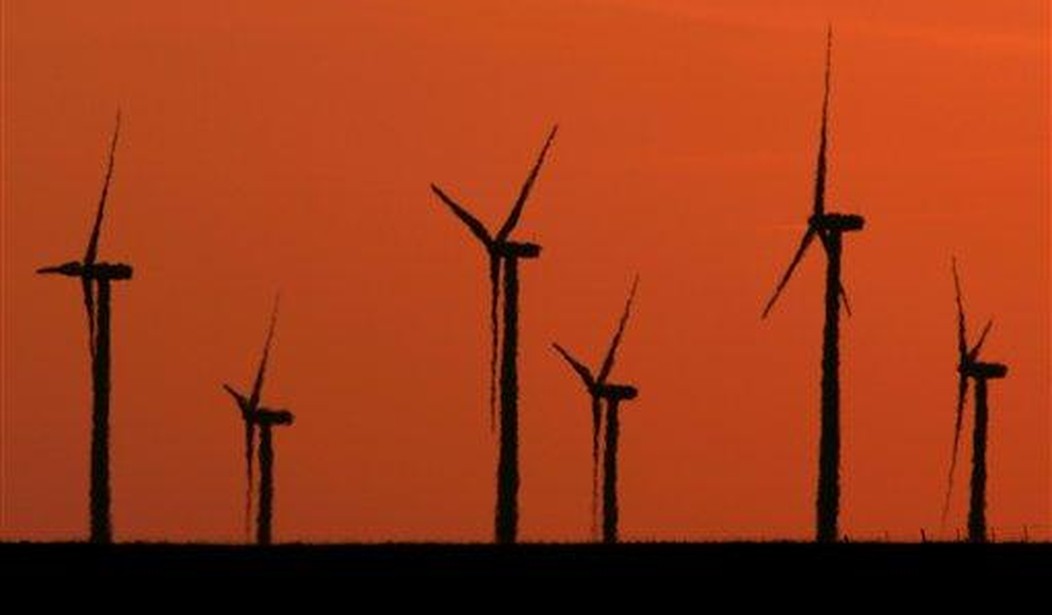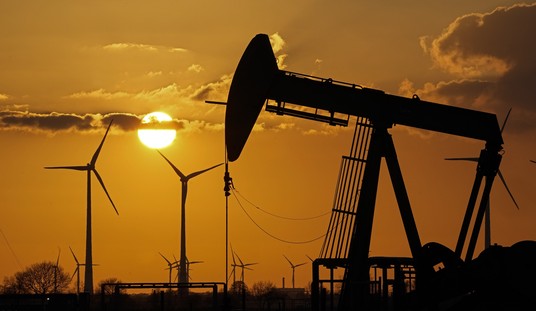Ah, I love the smell of smoking turbines in the morning.
It smells like victory.
Europe's largest onshore wind farm is facing bancruptcy and has filed for reconstruction with Swedish court.
Markbygden ETT, the first phase of the Markbygden 1101 project, is facing difficulties after signing a baseload PPA with Norwegian Hydro Energi. pic.twitter.com/Aj0kIT9hjJ
— Simon Wakter (@simonwakter) November 12, 2023
That’s Europe’s largest onshore wind farm going under at the moment. Interestingly enough, 75% of the company is owned by a Chinese company called CGN, China General Nuclear.
When they put this wind farm in, they signed a 19-year Power Purchase Agreement (PPA) with Norwegian metals company Hydro Energi. What the agreement said, in effect, was that Hydro would buy all the “cheap” electricity produced at the wind farm for a set rate, but that when the wind farm wasn’t producing what they projected they would be, the wind farm operators had to cover the shortfall in juice delivered to Hydro on their own dime.
Well. Guess what hasn’t been happening, and for quite some time?
Enough wind blowing to begin to cover what the wind company contracted for and to keep the equipment at the Hydro factory turned on.
…Markbygden Ett writes to the Umeå district court that the payment difficulties are due to a very unprofitable electricity contract with the Norwegian company Hydro Energi. The agreement means, according to Piteå-Tidningen, that the company has undertaken to sell a fixed volume of electricity at a fixed price for 19 years. When the wind farm does not produce enough electricity, the company is forced to cover the deficit with its own purchases on the electricity market.
What has happened in the last year is that Markbygden Ett has been forced to buy electricity at extremely high prices when its own wind turbines have been idle. The company has since sold the electricity to Hydro Energi at a fixed price, which was much lower.
In order to meet Markbygden Ett’s commitments to Hydro Energi, all income in the company has gone to buy replacement electricity. During 2022, Markbygden bought Ett replacement electricity for 61.6 million euros, corresponding to 717 million kroner calculated at today’s exchange rate.
The forecast for 2023 is that expenses will far exceed income. The turnover is expected to be EUR 40 million with a loss of EUR 52 million.
That’s not any way to run a business.
It seems the wind company hasn’t completely delivered on what they owe the Norwegian smelting company per the contract since at least last February. When word of the reorganization bid broke, Hydro filed their own paperwork. They also noted that their contract with the proposed wind farm was key to the venture receiving approval and financing to begin with.
…Hydro Energi AS signed a long-term power purchase agreement (PPA) with Markbygden Ett AB in 2017, for annual baseload supply of 1.65 TWh in the period 2021-2039. The contract was a key enabler for financing and developing the onshore wind park Markbygden, located west of Piteå, in northern Sweden. The park’s annual production was estimated to be 2.2 TWh.
Due to significantly lower-than-expected production levels and subsequent financial challenges, Markbygden Ett AB has not been able to deliver power to Hydro in accordance with the PPA since February 6, 2023. Today, November 14, an application by Markbygden Ett AB to enter into a company reorganization has been granted by the district court of Umeå in Sweden.
…As of Q3 2023, Hydro’s claims against Markbygden Ett AB for non-delivered power of 0.9 TWh since February 2023 amounts to approximately EUR 12 million. Hydro will seek compensation for the non-delivered volumes.
This is what happens when wind tries to stand on its own with no government subsidies artificially propping it up, even if it has Chinese money behind it. As one observer on Reddit put it:
…One of the rare examples of a wind farm bearing the cost of their intermittency, hence they’ve gone bankrupt.
Precisely.
It’s simply not enough. It’s unreliability makes it unsustainable and for once it’s a wind farm eating the loss and not rate payers or tax payers.
Further proof of that is a breaking story today out of the UK. Yes, the natives are pesky, but there’s not enough wind to make fighting them worth it, especially if wind companies can’t get the astronomical guaranteed rates they’ve been demanding for projects lately.
The UK’s largest wind farm developer has ruled out building new onshore wind farms in England and Wales in a blow to the Government’s net zero plans.
Alistair Phillips-Davies, chief executive of SSE, said his company was “unlikely to build a single wind farm” in England or Wales despite the Government’s recent relaxation of planning rules.
Mr Phillips-Davies said there was too little space, too many protests and not enough wind. He added that England and Wales were “particularly awkward places to try to do business.”
He also warned that future onshore projects in Scotland were likely to be limited.
The statements are a blow to the Government’s ambitions to boost onshore wind development in England. Levelling Up Secretary Michael Gove and Net Zero Secretary Claire Coutinho last week relaxed planning rules to make it easier to build onshore wind farms.
And in more news about my favorite wind villains Ørsted, the Danish wind giant announced day before yesterday it was pulling out of yet another proposed project, this time off the Norwegian coast.
Orsted (ORSTED.CO) has pulled out of a consortium that was due to bid for offshore wind projects in Norway ahead of a pre-qualification deadline, one of its partners said on Monday.
Earlier this month the Danish company, the world’s largest offshore wind developer, also scrapped two U.S. offshore wind projects, flagging $5.6 billion in related impairments as costs ballooned due to rising interest rates and supply bottlenecks.
“Orsted has informed us that due to a prioritisation of investments in the portfolio, it will withdraw from pursuing participation in offshore wind developments in Norway, and therefore their participation in the partnership will discontinue,” Norway’s Bonheur ASA (BONHR.OL) said in a statement.
Orsted said in an email to Reuters that it has decided not to prioritize offshore wind development in Norway for now as it seeks to adjust its business development and bidding activities, particularly in some new markets.
I do believe “prioritization of investments” translates to “we’re losing our orsteds in this business and have to stop the bleeding.”
Why? Because they – along with everyone else in the industry – aren’t getting the government handouts or contract adjustments no matter how they kick, scream, or threaten, and they are receiving incoming from an angry and skeptical public they’ve never been subjected to before.
They’re finding out what running a business is like.








Join the conversation as a VIP Member